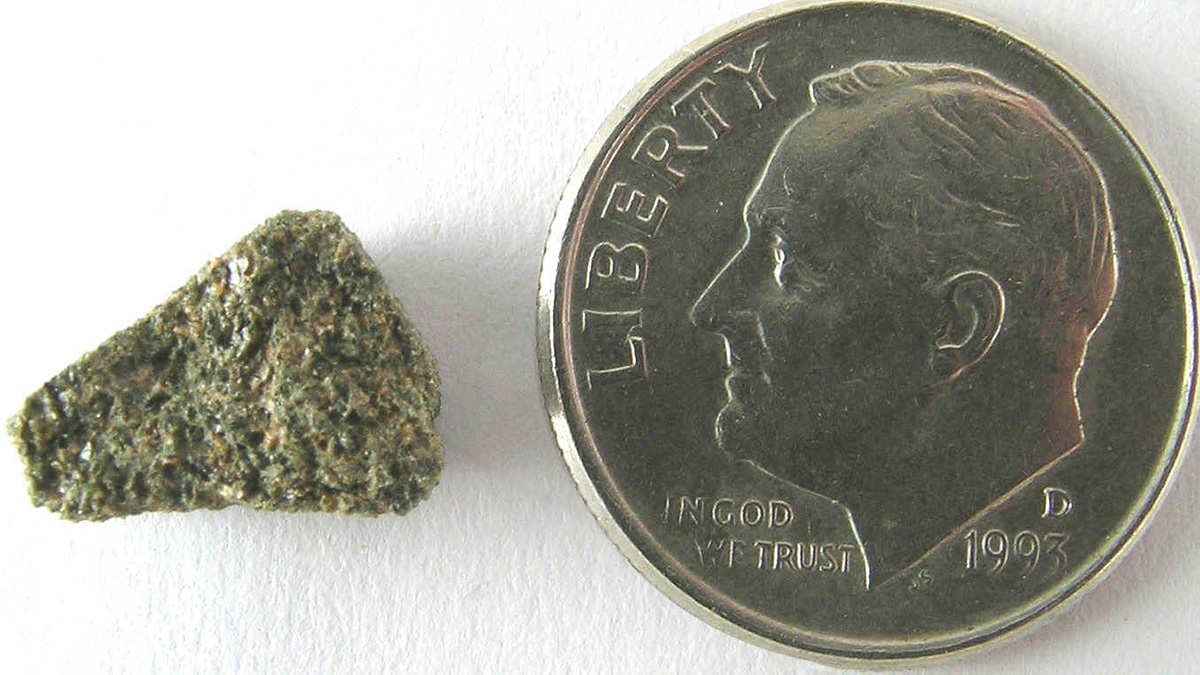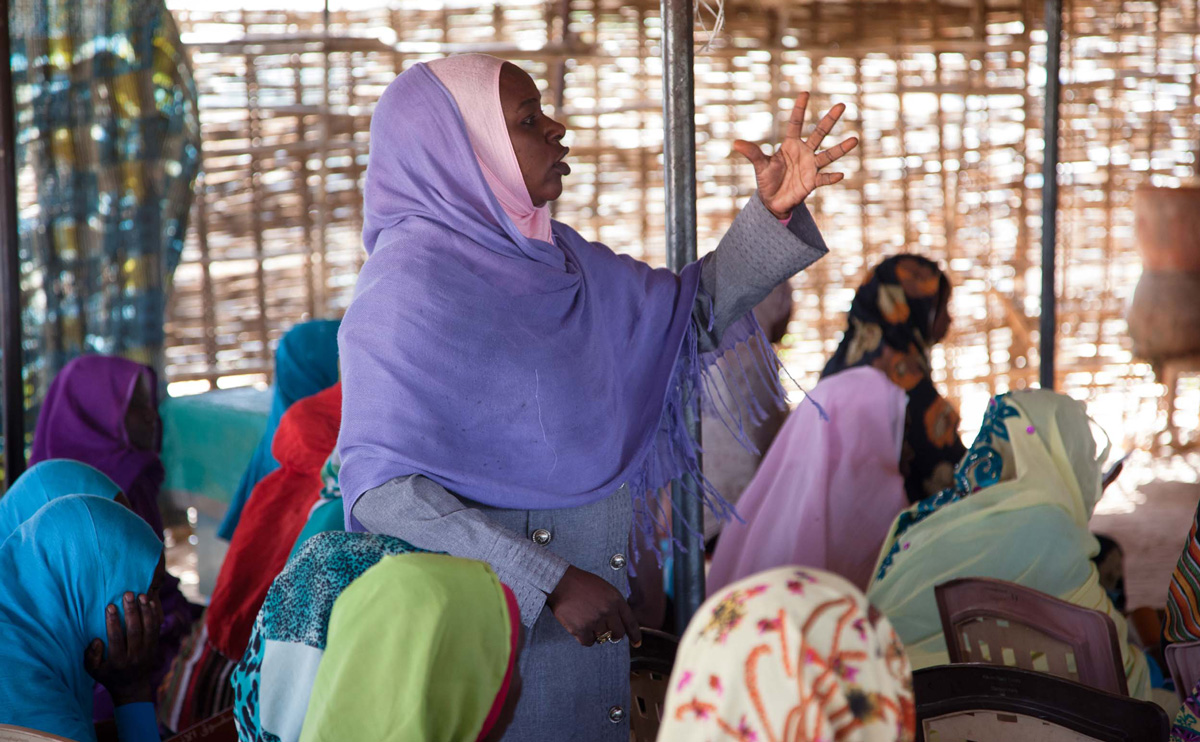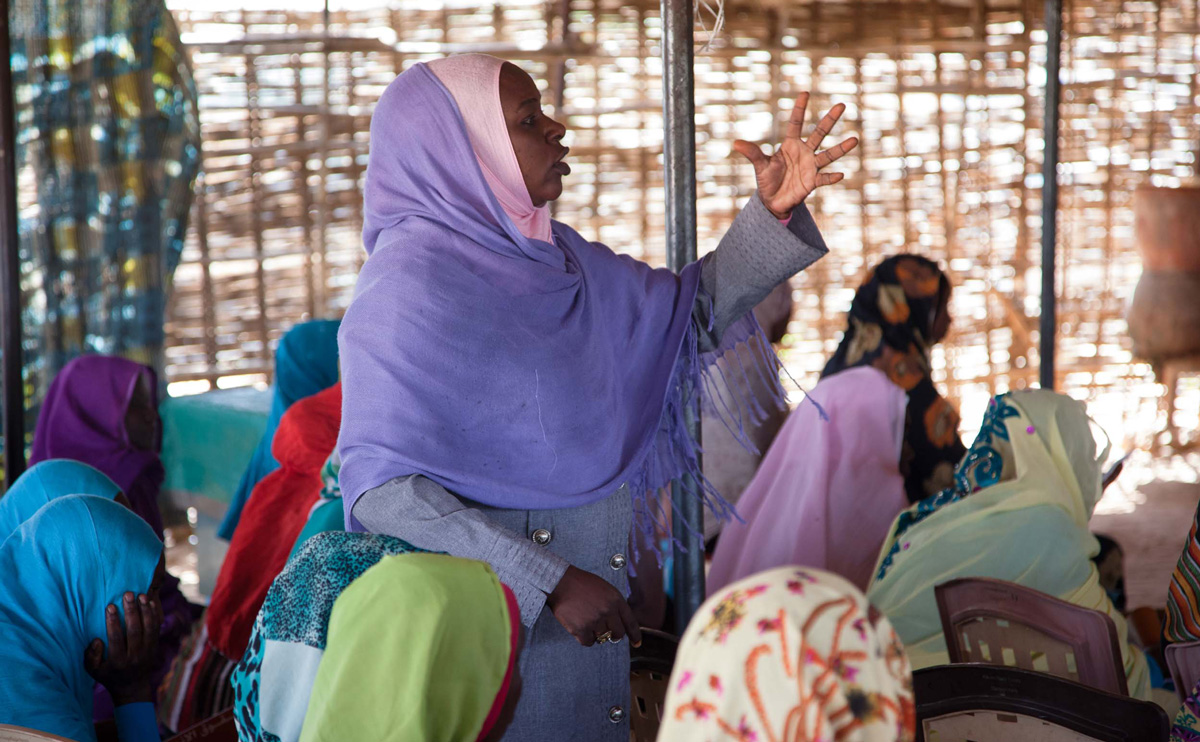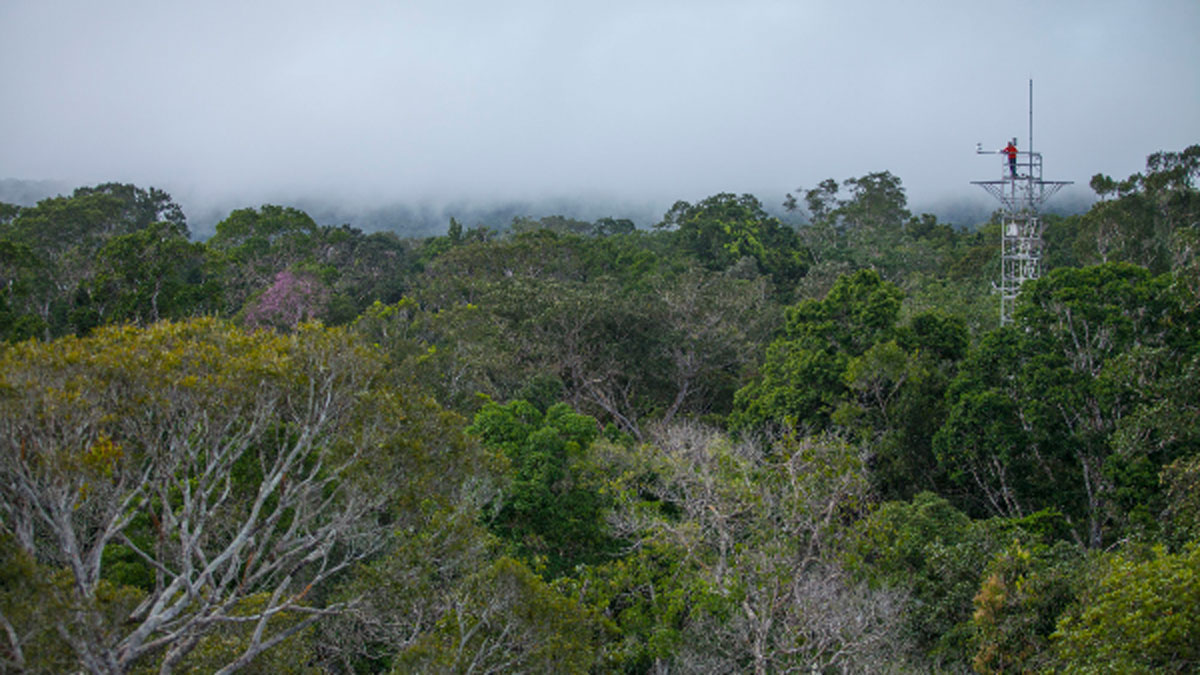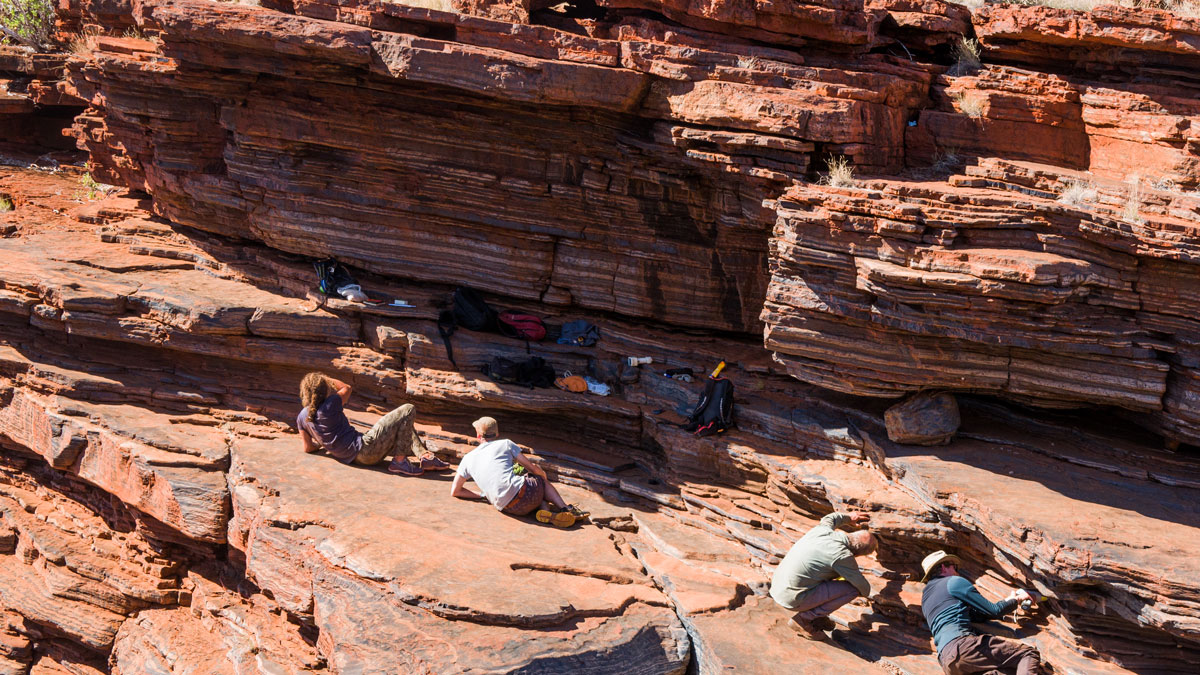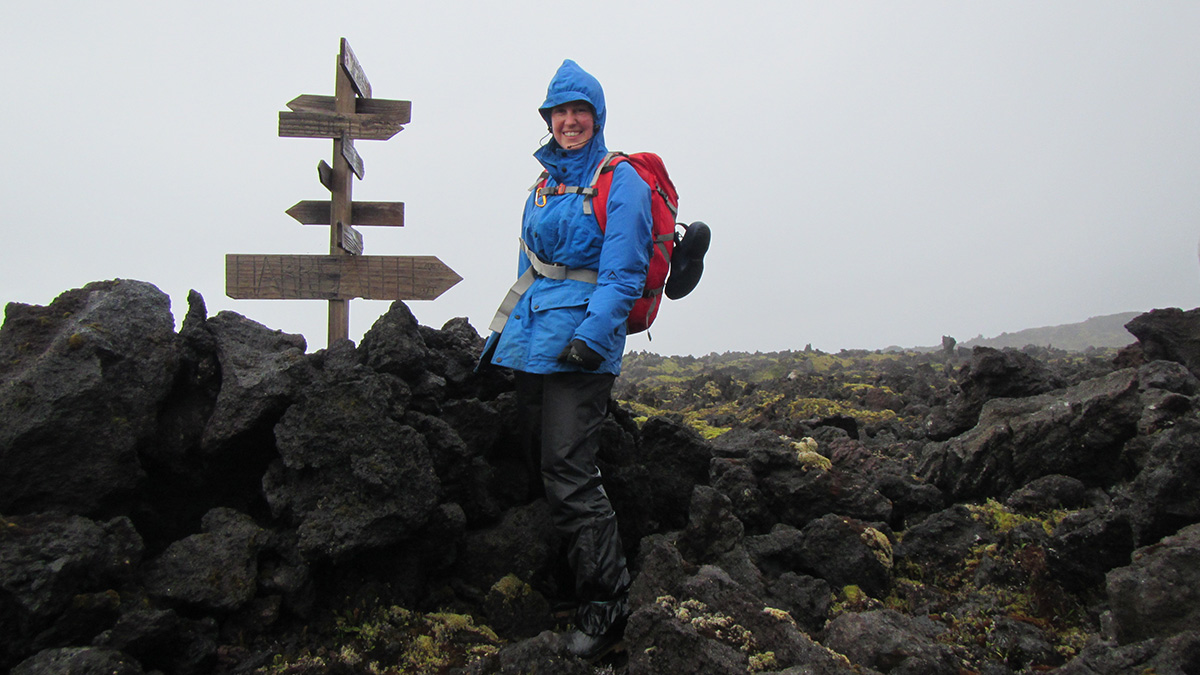By studying these literal chunks of Mars, scientists are learning more about the Red Planet’s deep interior and impact history.
News
10 perspectivas científicas para la COP27
Mientras las naciones se reunían en Sharm El-Sheikh, Egipto, los principales científicos del clima compartieron un nuevo informe para apoyar una política más eficaz.
How Climate Change Is Affecting Women in the Amazon
Droughts and floods have radically altered family farming, but women leaders are finding solutions for themselves and their communities.
The “Black Gold” Flowing Under Los Angeles
Functioning oil fields, some with cleverly camouflaged infrastructure, are tucked into the urban sprawl of the Los Angeles basin. But recent legislation could change that.
The Bottom of the Arctic Is Blooming
Researchers found phytoplankton hidden on the Arctic seafloor, hinting at a cascade of effects on the local ecology and carbon cycle.
10 Science Insights for COP27
As nations convene in Sharm El-Sheikh, Egypt, leading climate scientists share a new report to support more effective policy.
Testing the Resilience of the Amazon
A mega-experiment in Brazil will evaluate how tropical rain forests absorb carbon as emissions increase.
A Day in the Life Used to Be 17 Hours
The Moon was a lot closer to Earth 2.46 billion years ago, and the shorter distance contributed to shorter days.
Geospatial Database for the Prince Edward Islands
South African scientists map uninhabited islands in the Southern Ocean.
Could Jupiter’s Heat Waves Help Solve a Planetary Energy Crisis?
Infrared observations reveal that Jupiter’s upper atmosphere is much warmer than models predict. The discovery may be a clue to finding missing heat sources in other giant planets.

